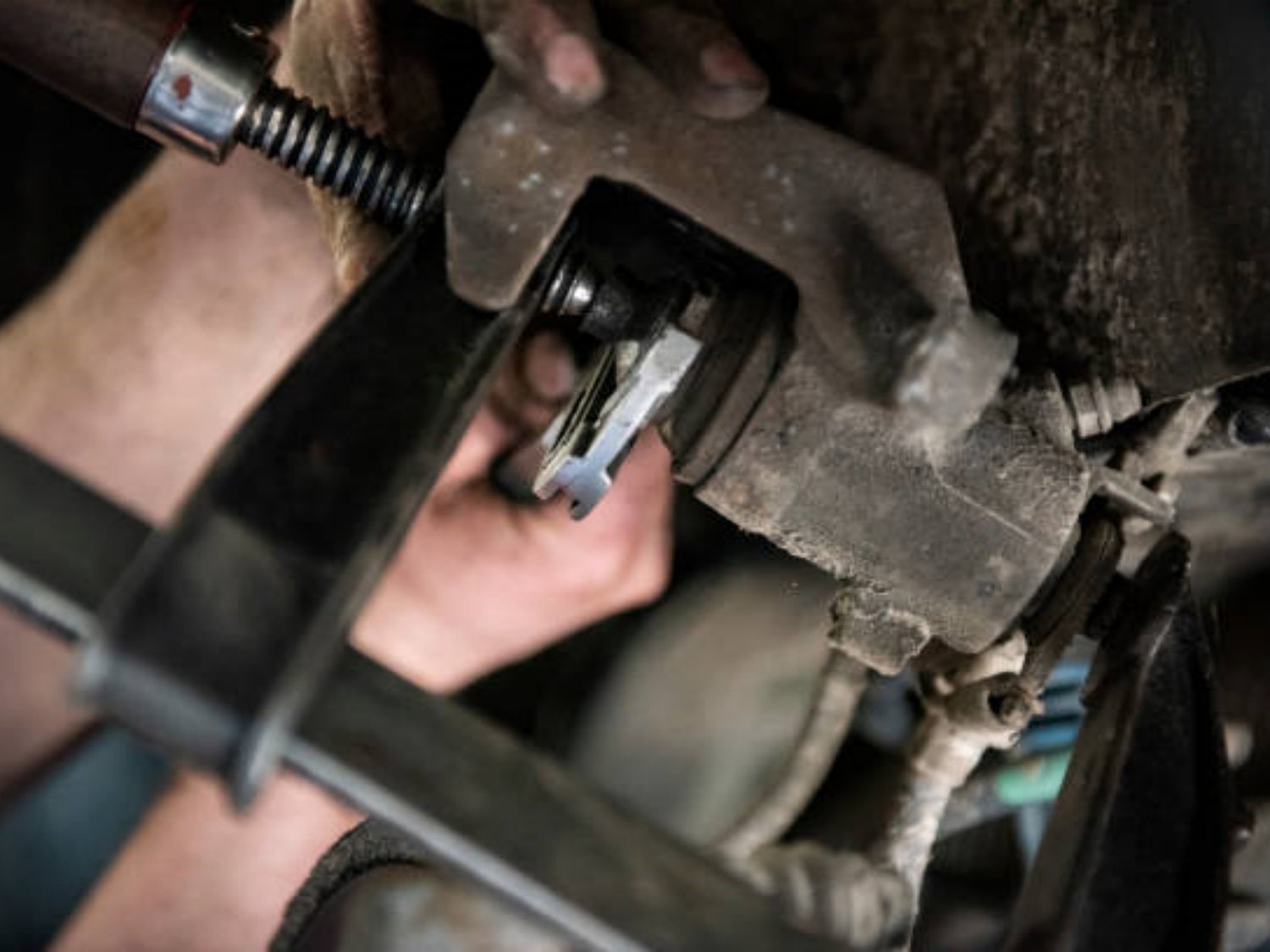Understanding Garage Door Torsion Springs
In order to properly adjust your garage door torsion spring, it is important to have a clear understanding of what it is and how it works. Torsion springs are one of the most vital components of a garage door system, responsible for counterbalancing the weight of the door and ensuring smooth operation. These tightly wound springs are typically located above the garage door and work by twisting and storing energy when the door is closed, then releasing it when the door is opened. This article will guide you through the process of adjusting garage door torsion springs safely and effectively.
Importance of Regular Adjustment
Regular adjustment of your garage door torsion springs is crucial to maintain the proper functioning of your garage door. Over time, these springs can lose tension, resulting in a door that is difficult to open or close. Improperly adjusted springs can also put unnecessary strain on other components of the garage door system, leading to premature wear and tear. By regularly adjusting your torsion springs, you can prevent potential malfunctions and ensure the longevity of your garage door.
Safety Precautions
Before attempting to adjust your garage door torsion springs, it is essential to prioritize safety. These springs are under high tension and can cause serious injury or even death if mishandled. Always wear protective gear, including safety glasses and gloves, and make sure to disconnect the power to your garage door opener to prevent any accidental activation. If you are not confident in your ability to perform the adjustment safely, it is recommended to seek professional assistance.
Tools Required for Adjustment
To properly adjust your garage door torsion springs, you will need a few specific tools. These include winding bars, which are used to apply torque to the springs, and a sturdy ladder or step stool to access the springs. It is essential to use the correct size and type of winding bars for your specific springs, as using improper tools can be dangerous and result in damage to the springs or other parts of the garage door system.
Determining the Correct Spring Tension
Before making any adjustments, it is important to determine the correct tension for your garage door torsion springs. The tension required will depend on the weight and size of your garage door. You can consult the manufacturer's instructions or seek professional advice to ensure you have the right tension for your specific door. Adjusting the spring tension too tightly can cause the door to lift too quickly, while insufficient tension can result in a door that is difficult to open.
Locating and Identifying the Torsion Spring
The next step in adjusting your garage door torsion spring is to locate and identify it. The torsion spring is typically situated above the garage door, parallel to the ceiling. It is important to visually inspect the spring and its components to ensure they are in good condition and free from any signs of wear or damage. If you notice any issues, such as frayed cables or broken coils, it is recommended to replace the spring rather than attempting to adjust it.
Releasing Tension from the Spring
Before making any adjustments to the torsion spring, you must release the tension from it. This can be done by inserting the winding bars into the winding cone, which is located at the end of the spring. Slowly and carefully unwind the spring by turning the winding bars in the opposite direction of the spring's coil. It is important to exercise caution during this step, as the spring may suddenly release tension once it is fully unwound.
Adjusting the Spring Tension
Once the tension has been released, you can proceed with adjusting the spring tension. This can be done by tightening or loosening the set screws located on the torsion spring's winding cone. Turning the screws clockwise will increase the tension, while turning them counterclockwise will decrease it. Make small adjustments at a time, testing the door's balance and operation after each adjustment. It may require several iterations to achieve the desired tension.
Testing and Fine-Tuning
After adjusting the torsion spring tension, it is crucial to test the door's balance and operation to ensure it is functioning correctly. Open and close the door several times, paying attention to any signs of imbalance or difficulty in movement. If the door does not open smoothly or stays partially open or closed, further adjustments may be necessary. Fine-tuning the tension may require additional adjustments to the set screws until the door operates smoothly and evenly.
Maintaining Regular Maintenance
Once you have successfully adjusted your garage door torsion spring, it is important to establish a regular maintenance routine to ensure its continued performance. Regularly inspect the springs for signs of wear or damage, and address any issues promptly. Lubricate the springs and other moving parts of the garage door system as recommended by the manufacturer. By maintaining regular maintenance, you can prolong the lifespan of your garage door and prevent potential problems from arising.

